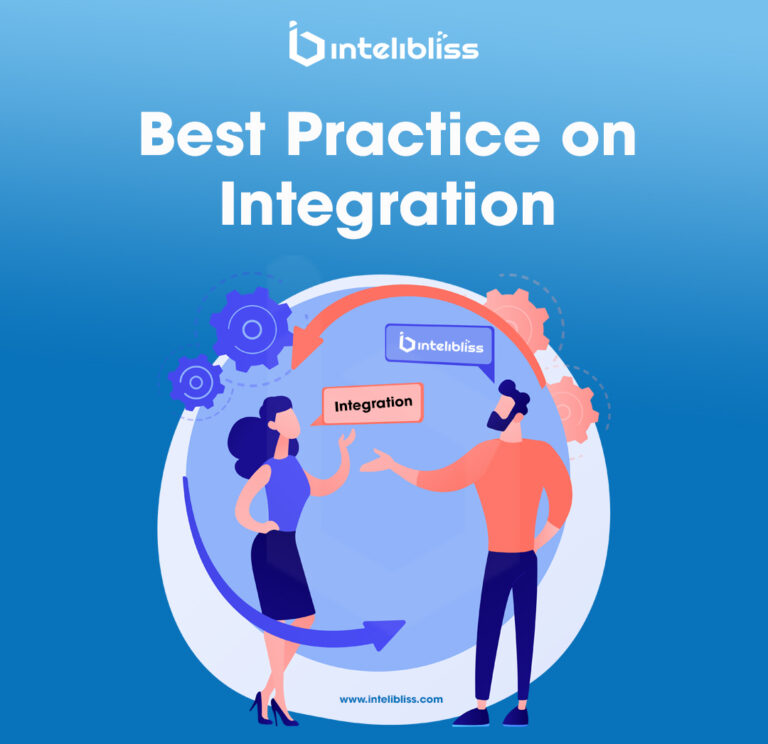Best Practice on Integration Blog

ServiceNow platform is designed with dynamic, service-oriented architecture, where all data objects are web services capable. Although integrations are designed to be implemented as simply and intuitively as possible, organizations still need to know what they’re doing to avoid costly setbacks, outsized risks, and disappointing adoption rates.
ServiceNow integrations can:
1. Connect ServiceNow to external databases – so that ServiceNow data can be combined with other sources and/or fed into other solutions
2. Synchronize multiple ServiceNow instances.
3. Synchronize ServiceNow with third-party solutions such as AWS, Azure and GCP, etc.
Let’s explore the 3 most common mistakes we make when integrating ServiceNow and the best-practice solutions for avoiding them:
1. Bringing in too much data: We always think about the entire universe of data to bring in Servicenow that is available to integrate. The biggest problem with importing this entire data is that there often isn’t a plan in place for using ServiceNow to manage all of this data throughout its entire lifecycle. Consequently, this data can quickly become stale and obsolete, which, in turn, puts the output of your entire ServiceNow platform at risk of serving up inaccurate and unreliable information.
Best-practices solution: We should only bring in data for which there is a clear plan in place for using ServiceNow to manage that data throughout its lifecycle. It is far more prudent to limit the scope of what you intend to transfer. Once you’ve leveraged that data, determine a need for additional information, and have a solid plan for how to manage the additional data; it’s easy to scale up and import additional data over time.
2. Unwanted functionalities been added : When we are planning for ServiceNow integrations, we want to solve every problem and user pain point all at once. The problem with this approach is that the integration can quickly become complex and unwieldy. Moreover, the elaborate functionalities that are developed often do not directly address the pain points identified by your end users.
Best-practices solution: Always be sure to involve users at key stages of your integration roadmap. The most strategic thing you can do is carefully listen to what your end users are asking for, and design our integration around those needs and priorities. Even if we recognize that end user’s suggestions won’t solve their long-term needs, we still want to be deferential to them. The process of building our integration can and should be iterative; we can produce multiple versions before we arrive at our final, finished integration.
3. Too much customization: To fulfil all the demands and needs of the customer, we always try to implement the OOTB solutions and if that’s not the solution, we do too much of customization. This path is dangerous for two reasons: The underlying design will be fundamentally flawed (even if end users don’t notice these flaws right away), and when the architect/developers eventually leaves, the integration will be so over-customized that no one else will be able to take over its maintenance.
Best-practices solution: We should avoid letting a single architect take control of developing and maintaining an integration. A collaborative approach will help ensure that the amount of custom Development work is minimized and that you take maximum advantage of the out-of-the-box functionality. This will increase the Productivity with better results and their replacements are able to understand and maintain the integration.
To summarize the above points, It’s essential that you remember these essential truths: bring in only as much data as you plan to actually manage in ServiceNow, don’t get ahead of your end users when developing your integrations, maximize out-of-the-box functionalities and minimize customizations.
